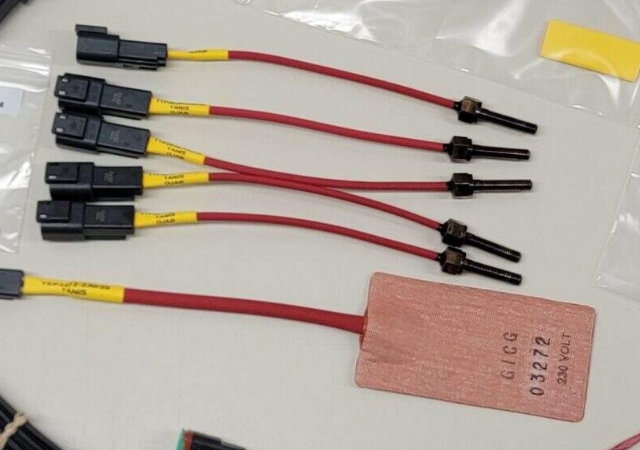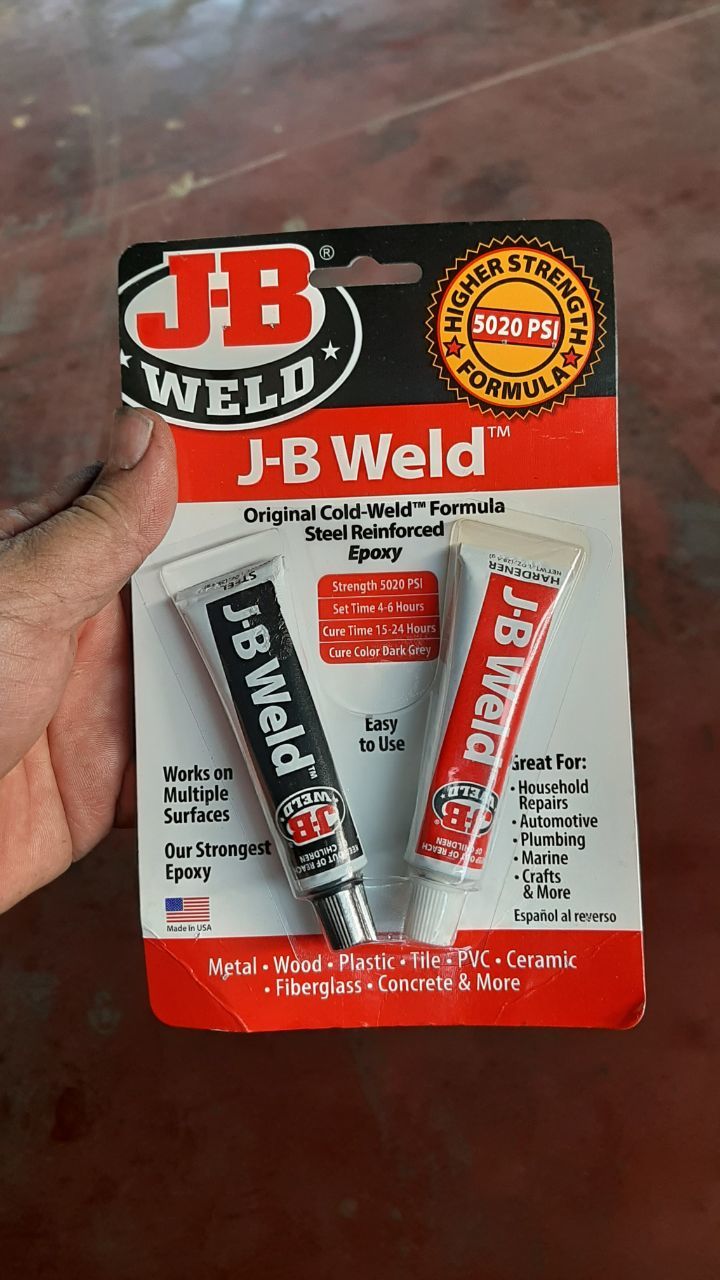Antonio wrote:
All others Tanis and Reiff are minor-mod approved and Reiff even has an FAA letter confirming.
You are correct, I just looked it up. I thought we filed a 337 back then, but I was wrong. It was ten years ago!
Antonio wrote:
installation on Rotax heads
Here is the Tanis setup

4 bolts/screws at the head, one on the casing and a pad on the oil tank. It’s a bit strange these small screws works as good as they do. Rotax has lots of open holes around the engine. The set also includes spacers so that the entire bolt is inside metal, if it bottoms too early. The heads of a Rotax is filled with coolant also. Heating up the head, you also heat the coolant.
Peter wrote:
Using a hi-temp epoxy should be fine; I have used some at the ~100C temps and it works great. An engine is not all that hot. One needs to watch the joint surface area; a typical epoxy is not specially thermally conductive so a decent joint area is needed. It will depend on the adhesive layer thickness. Anyway, is there such a product out there now? I have not seen one.
Yes, I think the problem is not the hot engine when it is running, but the hot element when it is switched on. Reiff supply a highly heat conductive and resistant epoxy with the kit. The IM calls for an as thin as possible layer of epoxy and absolutely no air pockets.
The local shop owner in Mannheim jokingly gave me the advice to use isopropyl alcohol and MEK and acetone one after the other to really make sure there is no grease left. He must have some bad experience 🙂
Peter wrote:
Using a hi-temp epoxy should be fine; I have used some at the ~100C temps and it works great. An engine is not all that hot. One needs to watch the joint surface area; a typical epoxy is not specially thermally conductive so a decent joint area is needed. It will depend on the adhesive layer thickness. Anyway, is there such a product out there now? I have not seen one.

THis is one of the options recommended by Reiff for the sump heater. Perhaps the embedded metal makes it more conductive?
Sorry; I meant a sump heating product. I know high-temp epoxies are around.
But I found it
http://www.reiffpreheat.com/product.htm#HotStrip

US patent 6232577? I can’t immediately find it.
Antonio wrote:
This is one of the options recommended by Reiff for the sump heater. Perhaps the embedded metal makes it more conductive?
JB Weld is widely available in the US, at almost any hardware or auto parts store, and it will take temperatures up to 260 C. That is doubtless why Reiff recommends it.
I doubt their use would make a lot of difference unless the layer of adhesive is thick, but here is some info on commercially available thermal epoxies.
Just keep in mind that the oil in the sump contains quite large water quantity suspended as a micro droplets (combustion byproduct). Warming it up releases that moisture into the engine block which is not a problem if the engine is started soon.
What I do after flying is let the engine cool down – oil becomes thick – doesn’t release moisture and sticks to cylinder walls. So the cooler the better when not in use. If you have a chance (hangar is clean) it is very good to keep oil caps open for some time. That releases great part of moisture content (checked with a sensor). But you have to be sure that engine is safe from foreign objects or dust.
The best option is always dehumidifier connected directly after flying and letting the engine cool down as much as possible to extend the oil film drop-down time.
Before starting below plus 5-7 degC I connect a source of hot air below cowl flaps which heats the sump and cylinders.
Raven wrote:
The best option is always dehumidifier connected directly after flying and letting the engine cool down as much as possible to extend the oil film drop-down time.
I’m not so sure. We used dehumidifiers for several years, but haven’t seen any difference after we stopped using them. Of course how frequently the aircraft flies makes a difference.
Yes. The oil sticks to cyl walls/camshaft etc. for some time. If you fly every 3-5 days you can forget about internal humidity.
The lower engine temperature is when it’s parked – protection time will be greater. No heating between flights.
Raven wrote:
Before starting below plus 5-7 degC I connect a source of hot air below cowl flaps which heats the sump and cylinders.
Same here. I use 2 hairdryers and a piece of foam to hold them in place in the cowling openings. After about 30 minutes the engine is warm enough and starts immediately.